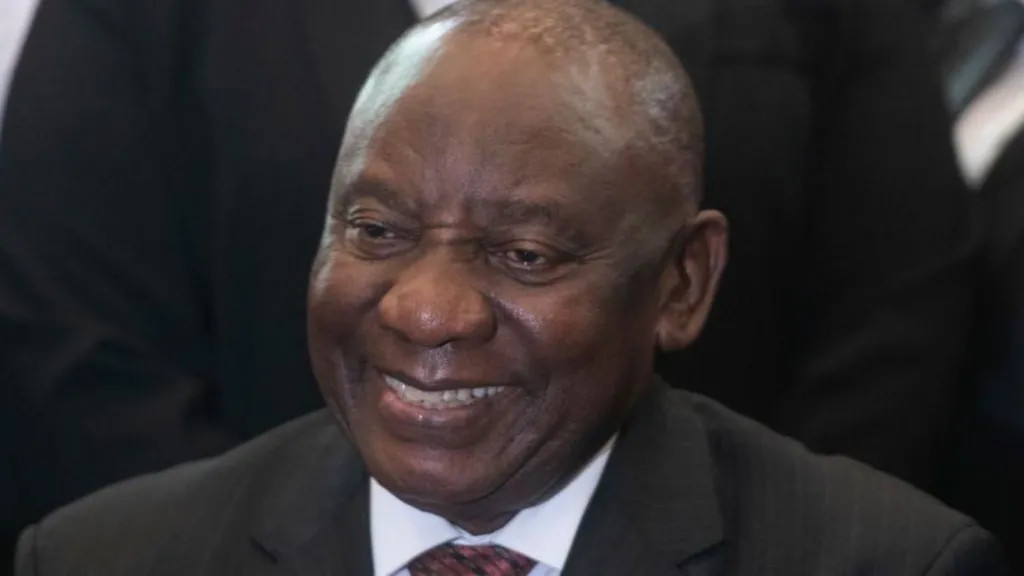South Africa’s President Cyril Ramaphosa prepares for his second term, leading a unique administration since the end of apartheid in 1994. For the first time, the African National Congress (ANC) will govern in coalition with rival parties, having secured only 40% of the vote in the recent election.
The coalition includes the Democratic Alliance (DA), who secured 22% of the vote, and three smaller parties: the Inkatha Freedom Party, the Patriotic Alliance, and GOOD. This “government of national unity” has outlined its policy priorities, but specifics remain scarce.
Key challenges for the new government include economic revival, affirmative action policies, land ownership disparities, and foreign policy alignment.
Tensions among the coalition partners are already surfacing. Ryan Coetzee, a former DA strategist, warned that the ANC’s reluctance to share power could turn the government into a “permanent battleground.
Ramaphosa must swiftly form a cabinet, considering ministerial posts for other parties. The real test will be setting aside personal and ideological differences.
South Africa’s economic woes, marked by high unemployment and poverty, will likely be addressed with centrist policies. The government may emphasize private-sector involvement and deregulation to boost investment.
The most contentious issue is addressing racial disparities. The ANC and DA have stark differences, particularly over Black Economic Empowerment laws and land reform. The DA advocates for efficiency and infrastructure improvement to uplift disadvantaged groups.
In foreign policy, the ANC’s anti-Western stance may clash with the DA’s alignment with South Africa’s Western allies.










